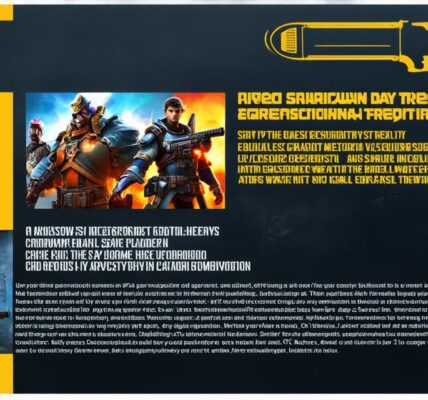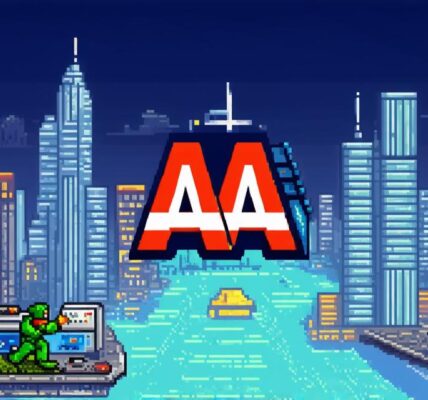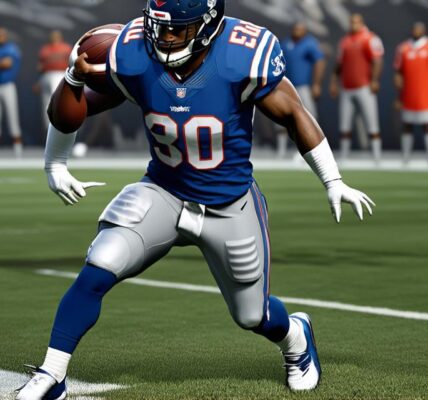Game development is an exciting field that allows individuals to create immersive and engaging experiences for players. With the rise of mobile gaming and the increasing popularity of video games, game development has become a lucrative career choice for many. However, for those who are new to game development, the process can be daunting and overwhelming.
Introduction
Game development is an exciting field that allows individuals to create immersive and engaging experiences for players. With the rise of mobile gaming and the increasing popularity of video games, game development has become a lucrative career choice for many. However, for those who are new to game development, the process can be daunting and overwhelming.
Ideation: Brainstorming Game Concepts
The first step in game development is to come up with an idea for a new game. This can be a challenging process, as it requires creativity and a deep understanding of player preferences. To begin, it’s essential to brainstorm various game concepts, taking into consideration factors such as genre, target audience, and gameplay mechanics.

Prototyping: Creating a Basic Game Model
Once you have a game concept in mind, it’s time to create a basic prototype. This is a low-fidelity version of the game that allows you to test the core mechanics and identify any potential issues early on in the development process. A prototype can be as simple as a paper sketch or a digital mockup using tools such as Unity or Unreal Engine.
Design: Defining Game Mechanics and Rules
With the prototype in place, it’s time to begin designing the game’s mechanics and rules. This involves defining the game’s goals, objectives, and rules, as well as creating a storyline or narrative that players can follow.
Development: Writing Code and Creating Assets
With the design in place, it’s time to begin the development process. This involves writing code to create the game’s functionality, as well as creating assets such as characters, environments, and sound effects.
Testing: Identifying and Fixing Bugs and Glitches
With the game developed, it’s essential to test it thoroughly to ensure that it is bug-free and glitch-free. Testing involves identifying any issues with the game’s mechanics, rules, or functionality and fixing them before release.
Publishing: Distributing the Game on Platforms
Once the game has been thoroughly tested and is ready for release, it’s time to publish it on various platforms such as PC, mobile, consoles, or VR/AR devices. Each platform requires a different set of requirements and guidelines, so it’s essential to familiarize yourself with each one before submitting your game.
Marketing: Promoting the Game to Audience
Once the game is published, it’s essential to market it effectively to reach your target audience. This includes creating a compelling trailer, developing a website or social media presence, and leveraging influencer marketing or advertising campaigns.
Summary
Game development is a complex and challenging process that requires creativity, technical skills, and a deep understanding of player behavior and preferences. By following these essential steps, aspiring game developers can create engaging and immersive experiences for players. Remember to stay passionate about your game concept, communicate effectively with your team and stakeholders, and continuously refine and improve your game based on feedback and testing. With dedication and hard work, anyone can become a successful game developer.
FAQs
What programming languages are commonly used in game development?
Common programming languages used in game development include C++, Java, Python, and C, depending on the platform you are developing for.
How long does it take to develop a game from start to finish?
The length of time it takes to develop a game can vary significantly based on factors such as complexity, team size, and resources available. It can take anywhere from several months to years or more to complete a game.
What are the most important elements of a successful game?
Successful games typically have engaging mechanics, a compelling storyline, a well-designed user interface, smooth performance, and regular updates and support from the developer team.
How do I market my game to reach my target audience?
Marketing your game can involve creating a website or social media presence, developing a compelling trailer, leveraging influencer marketing or advertising campaigns, and using analytics tools to measure the effectiveness of your efforts. It’s important to understand your target audience and their preferences to ensure that your marketing strategy is effective.




